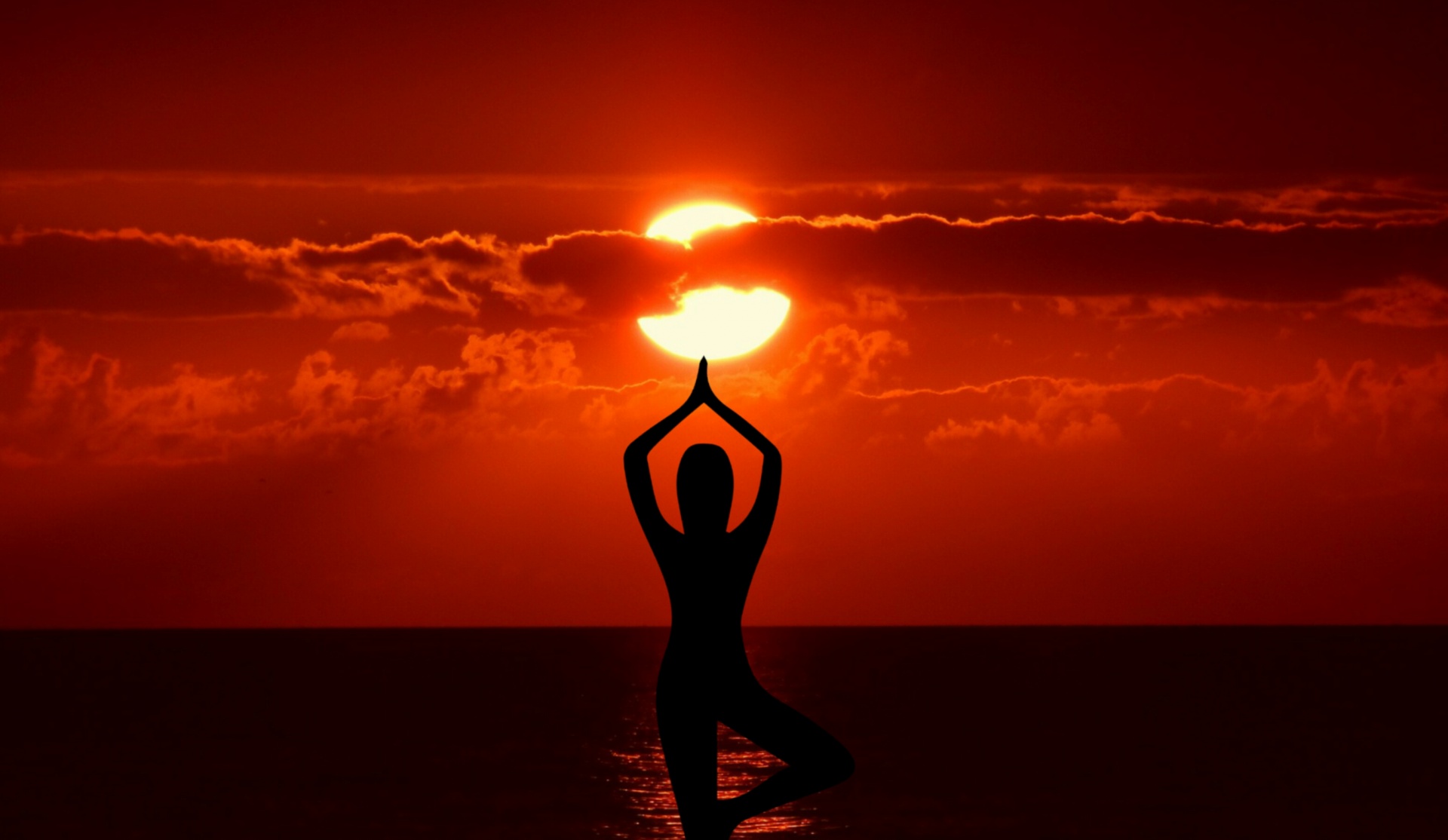Yoga for the Young
We tend to think of yoga as something for adults – a way of increasing overall physical and mental wellbeing for those of us who have begun to feel the aches, pains and stresses that inevitably come with being a grown-up. But can yoga also benefit younger people?
The question has received renewed attention with the revelation in The New York Times that the US state of Alabama, which banned yoga and meditation in the public school system as far back as 1993, prohibited the practice on the basis that it is “inappropriate” for younger people. For those who implemented the ban, yoga was primarily considered inappropriate because of its religious and spiritual roots in Hinduism, which decision-makers in Alabama concluded might detract from Christian teaching.
But while yoga obviously has spiritual underpinnings, are young people losing out by being denied access to its various mental and physical benefits? With the Mental Health Foundation stating that nearly one in ten children aged 5 to 16 is now affected by a mental health problem, and with problems related to prolonged physical inactivity in childhood on the rise, should yoga for younger people be taught and practiced more widely?
Studies have consistently evidenced the preventative and curative benefits of yoga on a variety of physical and mental health conditions, from improving strength and flexibility to diminishing stress and depression, helping to improve the lives and wellbeing of people from all walks of life and, indeed, all ages.
Often, yoga is used as a way of improving mental health in younger people. Research published in the US Journal of Developmental and Behavioral Pediatrics recently showed that students aged 11-18 gained various mental health benefits from doing yoga. At the end of the ten-week study, academics found that students who participated in the yoga offered during Physical Education (PE) classes tended to score better on psychological tests for anxiety, depression, and low mood. The teens who participated in yoga also reported fewer negative emotions than those who did not – surely a step in the right direction for younger people who are facing more tests than ever before.
The mental health benefits of yoga are now fairly well documented, but young people get many of the same benefits from yoga as older people do.
1. Physical
It has been shown that yoga increases flexibility, builds muscles, increases coordination and balance and improves aerobic endurance in young people. Yoga also improves posture and can help prevent muscular-skeletal problems from developing over time – something that younger people, who spend much of the day hunched over a desk (or, indeed, a carefully concealed smartphone) require as much as older people.
2. Educational
The growth of digital and social media has meant that the average human attention span is on the decline. This has affected the tech-savvy young more than it has older people, and has made concentrating in the classroom – or on homework – all the more challenging. By providing a tech-free space of physical and mental concentration, however, yoga can help younger people perceptually focus on the task at hand. Young people who practice yoga have even been show to perform better in tests than those who do not.
3. Emotional
By taking the time to concentrate on the present moment, yoga can also help young people develop deeper emotional intelligence – the ability to identify how they, and others, are feeling. This can help them recognize and deal independently with negative feelings, increasing mental resilience. It can also help them to develop compassion and empathy for others.
4. Social
Though digital and social media have grown exponentially in recent times, the idea that sitting alone at your desk or behind a screen builds interconnectedness between people is – perhaps – a little optimistic. It is worth recalling that, in Sanskrit, Yoga means ‘union’. By doing yoga with others in PE, an afterschool class or with the rest of the family, yoga can build stronger social bonds between younger and older people and foster togetherness and mutuality. A study led by Dr Elvira Perez at the University of Nottingham even found that yoga helped improve the social life and psychological well-being of children in care, who benefited from collectively participating with carers in yoga classes.
Suitable for all
In the UK, yoga is increasingly being integrated into PE and afterschool classes, and the yoga organisation Calm for Kids, which has trained over 250 yoga instructors, has seen a 50% increase in enquiries from schools in the last year alone. It is also becoming increasingly popular among American children: a national survey found that 3% of U.S. children (1.7 million) did yoga as of 2012 – 400,000 more children than in 2007. Evidence shows that yoga is more than appropriate for younger people – indeed it may eventually prove vital in improving both the physical and mental health of the next generation.


